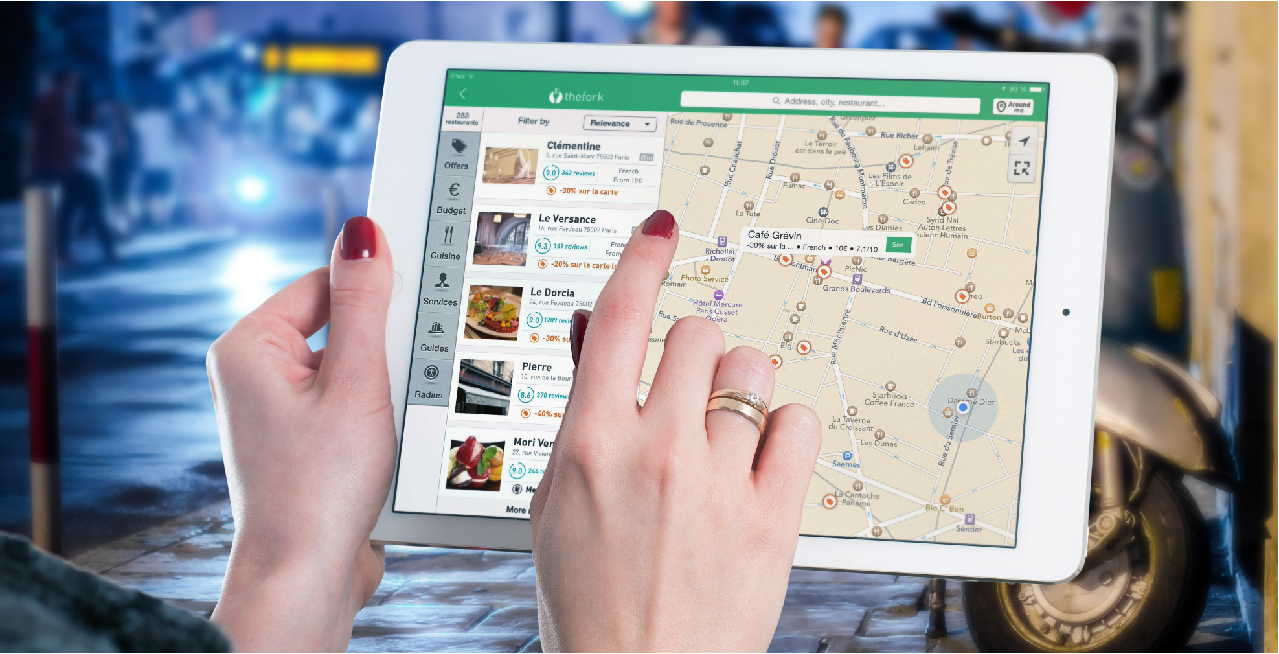The restaurant business can be extremely competitive, especially in larger cities where consumers have hundreds of different options. However, the margins are relatively good, and that means that each customer is valuable.
In the restaurant industry consumers are very fluid, they will eat wherever the food is the best, and the loyalty that they have is often limited, except for perhaps in smaller towns.
This means that first and foremost, you need to be creating wonderful food. Presuming that your restaurant offers a great experience, the difficult part can be to publicize your restaurant and bring in traffic.
SEO is a great way to bring in new customers because more people than ever are searching online for a new restaurant to eat at. Less and less is it about word of mouth, newspaper listings and radio ads. Advertising is moving online, and SEO is at the forefront of that revolution.
Local SEO
 It’s important that you understand how local SEO differs from the SEO practices that general websites and international business can use. For a local business, the only worthwhile traffic is traffic that is based in their local area.
It’s important that you understand how local SEO differs from the SEO practices that general websites and international business can use. For a local business, the only worthwhile traffic is traffic that is based in their local area.
Most customers are unwilling to travel large distances to access your business, and that means that you need to be precise about the traffic that you target.
One of the best ways to do this is to focus on local searches and Google maps. These are where local customers are searching for a business, and they are also some of the least competitive search environments.
When you’re trying to rank in Google maps specifically, it’s crucial that you create a full listing with Google, including as much information as you possibly can. This includes plenty of photographs of your food, a phone number, location and a website address.
All of these pieces of information make it more likely that you will rank in Google Maps and local searches for restaurants and food-related queries.
When people are searching in Google for restaurants, they tend to use phrases like “restaurant NYC” or more specifically “best Chinese restaurant in Tribeca.”
Doing thorough KW research is critical to bringing in targeted traffic that can convert into paying customers in your restaurant. The key is to try and find food-related queries that are specific to your area.
While many people will also search using phrases that don’t include their area, Google can use their GPS to find their location and recommend local spots. However, beyond creating an exceptional Google Maps listing, there isn’t much you can do to improve your rankings.
However, with more region-specific queries you can greatly influence the rankings by creating keyword rich pieces of content to rank for those phrases. This might mean that you could create an article explaining why you’re the best or cheapest restaurant in your neighborhood for your style of cuisine.
When you’re doing your keyword research, it’s critical that you look at the intent behind the queries. What this means is that you need to try and understand why people are searching that phrase and what they hope to discover.
For example; someone searching “Chinese food ideas” is likely looking for recipe options, not for ideas of restaurants to eat at.
Understanding the intent of the searcher is critical to ranking for keywords that can bring valuable traffic to your business.
Creating Blog Content for Linkbuilding

Finally, your blog should include content that you can use for linkbuilding campaigns. One of the easiest ways to get ahead with local SEO is to build links. Most small businesses have very few backlinks, and that often means that building links can allow you to outrank your competitors easily.
As a restaurant, you have a few industry-specific ways that are proven for building links; using photographs or video, and creating guides.
Most people can’t cook delicious and gorgeous food, that’s why they eat at your restaurant. So, by taking incredible photographs of your food and uploading it to your social media, as well as on your blog, you increase the chance of people linking to your site.
Other websites might use those photos of food in their blog posts, articles or guides, and larger syndication sites could pick up on your food and include you in their roundups.
Secondly, because cooking is so complex, creating guides to help people to understand your recipes and methodologies is a great way to create content that people want to link to.
You might believe that by giving away your ‘secret recipes’ that you are risking your business, but in most cases people eat out because they like to eat out, rather than cook themselves. But by creating a super useful guide, you have published content that thousands of people will find useful and would consider linking back to.
